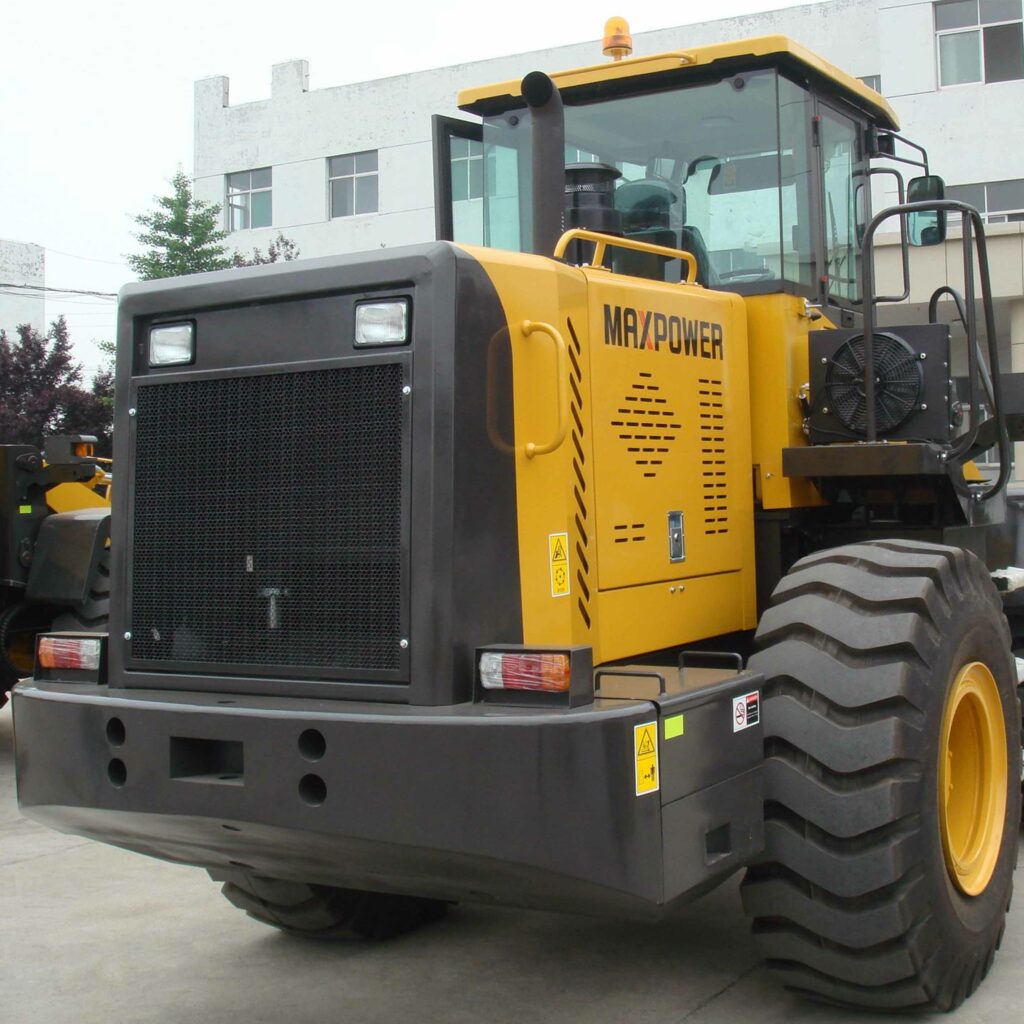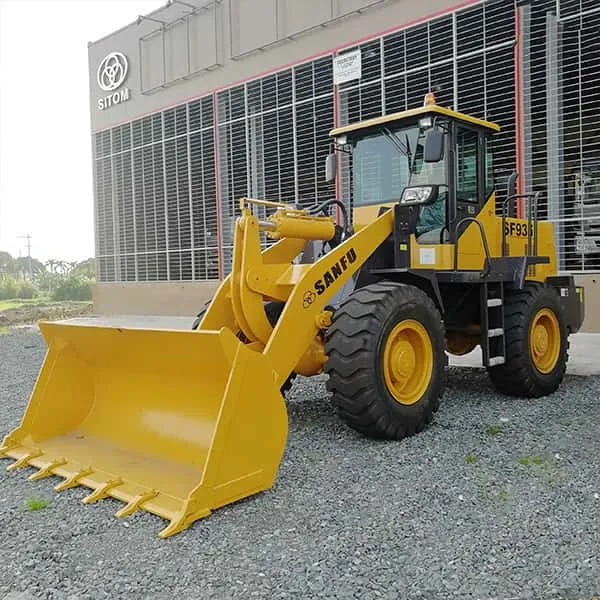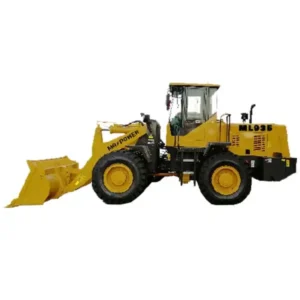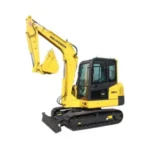Einführung

In the realm of construction and heavy equipment, the significance of wheel loader sizes cannot be overstated. Whether you’re embarking on a small-scale project or tackling a massive undertaking, the size of your wheel loader plays a pivotal role in determining efficiency, productivity, and overall success. From compact loaders designed for agility to large-scale behemoths built for maximum power, the array of wheel loader sizes offers a solution tailored to every job site requirement. Join us as we embark on a comprehensive journey through the world of wheel loader sizes, exploring key considerations, comparative analysis, and practical insights to assist you in selecting the perfect match for your needs.
Factors to Consider When Choosing Wheel Loader Size
Several factors need to be considered when choosing the appropriate wheel loader size for a particular job:
Material to be handled: The type of material being handled significantly impacts the wheel loader size required. For instance, lighter materials like snow or wood require smaller loaders, while heavier materials like rocks or concrete demand larger and more powerful machines.
Loading and unloading heights: The loading and unloading heights determine the reach required from the wheel loader. If the material needs to be loaded into high-bed trucks or dumped into deep trenches, a loader with a longer boom and higher lift capacity is necessary.
Hauling distance: The distance over which the material will be transported influences the wheel loader’s size and capacity. Longer hauling distances typically require larger loaders with higher horsepower and faster travel speeds.
Worksite conditions: The terrain and conditions of the worksite also play a role in wheel loader selection. For rough or uneven terrain, a four-wheel-drive loader with larger tires may be more suitable.
Budget: Wheel loaders vary significantly in price depending on size, features, and brand. It is crucial to establish a budget and consider the long-term value and ROI (return on investment) when making a decision.
Wheel Loader Sizes Chart
To provide a general overview of wheel loader sizes and their capabilities, consider the following table:
| Wheel Loader Size (Operating Weight) | Bucket Capacity (cu yd) | Typische Anwendungen |
|---|---|---|
| Small (less than 10 tons) | 1 – 2 | Landscaping, light construction, snow removal |
| Medium (10 – 25 tons) | 2 – 4 | Construction, aggregate handling, material handling |
| Large (25 – 40 tons) | 4 – 6 | Mining, quarrying, heavy-duty construction |
| Extra-large (over 40 tons) | 6+ | Large-scale mining, bulk material handling, specialized applications |
Benefits of Choosing the Right Radlader Size

Selecting the right wheel loader size for a specific application offers several benefits:
Improved productivity: A properly sized loader can handle the job efficiently, minimizing loading and hauling cycles, leading to increased productivity and faster project completion.
Reduced operating costs: Oversized or undersized loaders can lead to higher fuel consumption, maintenance costs, and tire wear. Choosing the right size for the task optimizes operating costs and extends the machine’s lifespan.
Enhanced safety: A properly sized loader ensures better stability, maneuverability, and visibility, reducing the risk of accidents and injuries on the job site.
Reduced environmental impact: Efficient operation and reduced fuel consumption contribute to minimizing the environmental impact of the project.
Abschluss: Wheel Loader Sizes
Choosing the right wheel loader size is a crucial decision for optimizing performance, efficiency, and safety in various applications. By carefully considering the factors mentioned above and selecting a loader that matches the specific requirements of the job, businesses can ensure they are getting the most value for their investment and operating in a responsible and sustainable manner.
FAQ
What are the different types of wheel loaders?
Wheel loaders can be classified based on their drivetrain:
- Articulated wheel loaders: These loaders have a hinged frame that allows for greater maneuverability in tight spaces.
- Rigid frame wheel loaders: These loaders offer a more stable platform for high-speed loading and hauling.
- Compact wheel loaders: These small, maneuverable loaders are ideal for confined work areas.
What are some additional features to consider when choosing a wheel loader?
Additional features to consider include:
- Bucket type and size: Different bucket designs are available for specific materials and applications.
- Tire configuration: Tire size, type, and tread pattern impact traction, stability, and ride quality.
- Cab features: Ergonomic design, visibility, and climate control enhance operator comfort and productivity.
- Attachment options: Wheel loaders can be equipped with various attachments, such as forks, grapples, and snow blowers, to expand their versatility.
What factors should I consider when selecting a wheel loader size?
Job requirements, operational efficiency, maneuverability, and site constraints are key considerations.
How do I determine the appropriate bucket capacity for my application?
Assess the volume and type of materials to be handled, as well as the lift height and cycle times required for the task.
Are there any drawbacks to choosing a larger wheel loader size?
Larger wheel loaders may have higher upfront costs, increased fuel consumption, and reduced maneuverability in tight spaces.






-150x150.webp)
